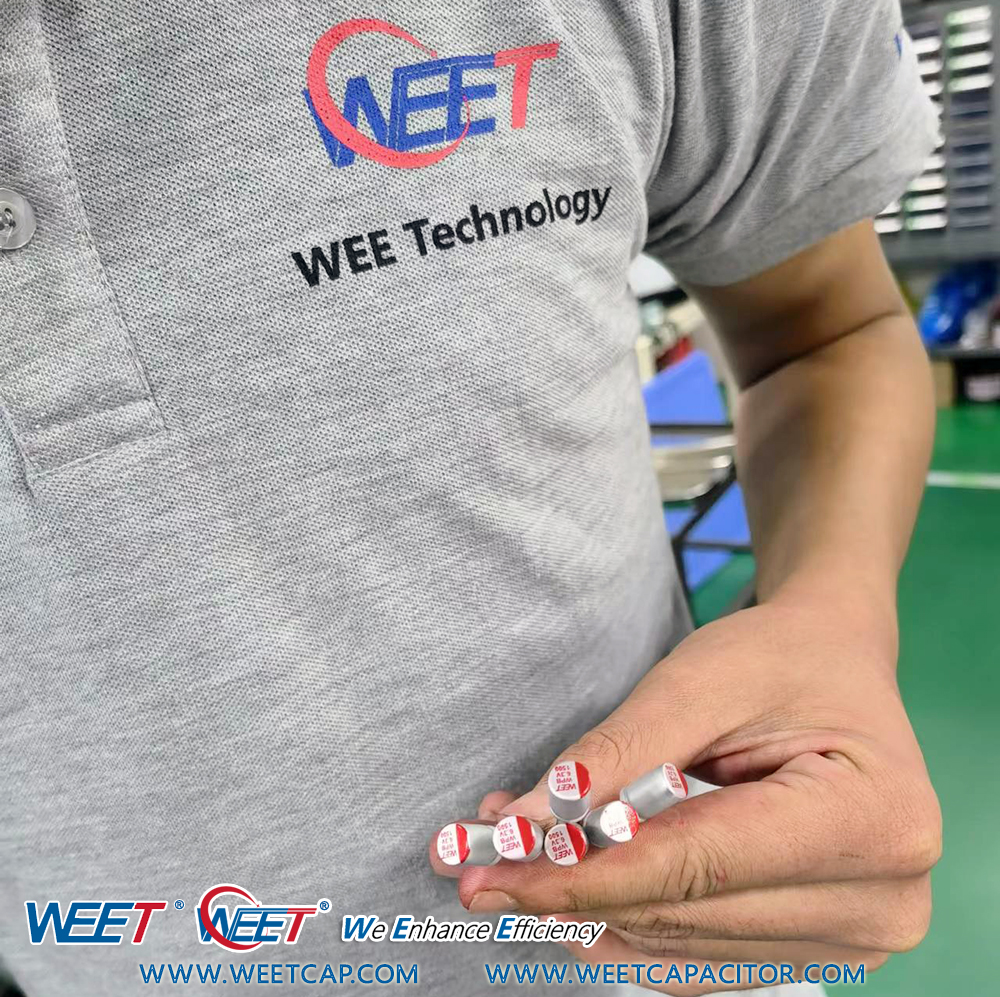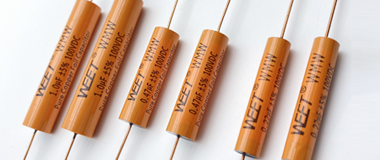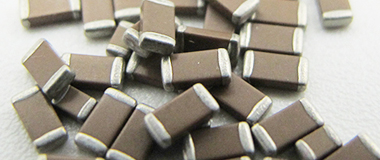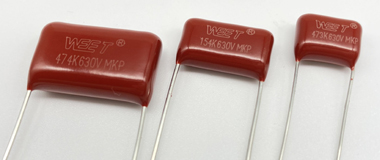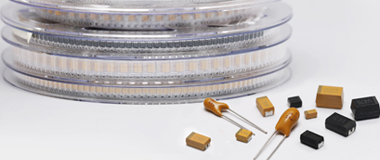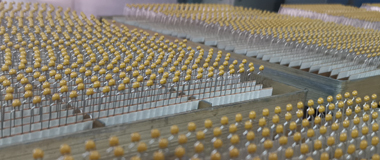How to distinguish when to use solid Polymer Aluminum Electrolytic Capacitors and when to use Tantalum Capacitors?
Tantalum capacitors are small in size and can reach large capacitance. They have excellent performance and various shapes, and are made into small and chip components suitable for surface mounting.
Tantalum capacitors are not only used in military communications, aerospace and other fields, but also widely used in industrial control, film and television equipment, communication instruments and other products.
It also has few competitors in power filter, AC bypass and other applications. Tantalum electrolytic capacitors can store electricity, charge and discharge, and are used in filtering, energy storage and conversion, marking bypass, coupling and decoupling, and as time constant components.
In application, pay attention to its performance characteristics. Correct use will help to give full play to its functions, such as considering the product's working environment and its heating temperature, and taking measures such as derating. If it is used improperly, the product's working life will be affected.
The full name of the solid polymer capacitor is solid aluminum electrolytic capacitor, which is a high-class product among the current capacitor products. The dielectric material of the solid state capacitor is a functional conductive polymer, which can greatly improve the stability and safety of the product.
The biggest difference between it and the liquid aluminum electrolytic capacitor lies in the dielectric materials used. In the past, the dielectric materials used in aluminum electrolytic capacitors were electrolyte, while the solid capacitors were conductive polymer materials, which led to relatively high costs.
Solid polymer capacitors have the characteristics of environmental protection, low impedance, high and low temperature stability, high ripple resistance and high reliability.
The performance of solid capacitor is much better than that of liquid aluminum capacitor. Its temperature resistance is up to 260 ℃, and its conductivity, frequency characteristics and life are good. It is suitable for low voltage and high current applications.
